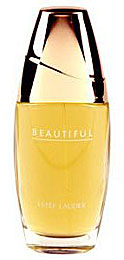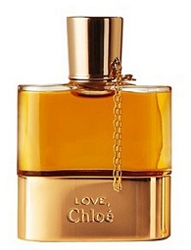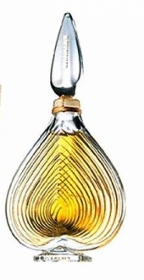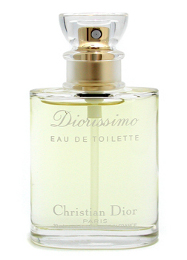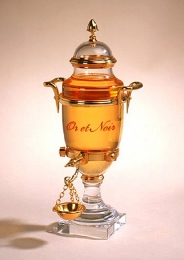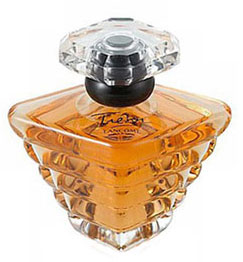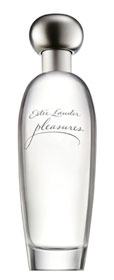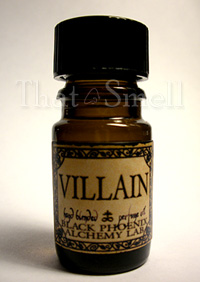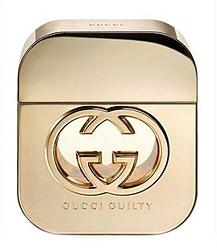A pleasant surprise arrived for Christmas 2011–a book of perfume samples. Many of the fragrances were new and I was just thrilled. Estée Lauder’s Beautiful was one of the first I pulled out and giddily peeled back the flap to smell.
In Bottle: Extremely floral and a bit powdery. There’s no floral standing out, it’s just a big homogenous bouquet at the moment.
Applied: Initial hit of citrus then the floral bouquet rolls into town and takes over the whole operation. From then on, it’s all flowers all the time. Now, I love a good floral fragrance. But the key is balance and moderation. It seems like those are the two things missing from this iteration of Estée Lauder’s Beautiful. I heard the original Beautiful is a far different animal. So don’t turn yourself off from the classic based on what I say about this contemporary version. The florals in Beautiful really do smell like a confused mish mash that doesn’t quite know what it wants to do with itself. The scent seems to suffer a bit from over composition where there are too many ingredients vying for space and there just isn’t enough space to go around. The result is a fragrance that people can distinguish as “flowery”, but no one can truly say what kind of flower. I’m not the kind of person who just likes smelling like a bunch of flowers. I wanted more depth to it than this, but Beautiful settles into it’s explosion of florals in the midstage then ends it all with a bit of cedar at the end as my nostrils continue to burn from the florals thrown at me earlier.
Extra: The first iteration of Beautiful was released in 1985. It has since gone through a few cosmetic changes and some formula changes. I do not have any access to classic Beautiful, which is a real shame as I’d love to see how it compares to this.
Design: The bottle is reminiscent of Calvin Klein’s designs. I want to say Obsession for Women comes to mind when I look at this, but Beautiful is a little easier on the eyes. It’s metallic cap really helps pull it together a little more.
Fragrance Family: Floral
Notes: Bergamot, lemon, cassia, fruit, blackcurrant, galbanum, mimosa, magnolia, carnation, chamomile, tuberose, orange blossom, freesia, lilac, narcissus, jasmine, neroli, clary sage, violet, iris, lily of the valley, ylang ylang, marigold, geranium, sandalwood, myrrh, vanilla, vetiver, cedar.
As I looked up the notes list for this one, I found every single source listed an enormous amount of stuff. I just ended up picking out what I thought I could get out of this. In the end, I’m sorry, Beautiful, but you really just smell like flower stuff.
Reviewed in This Post: Beautiful, 2011, Eau de Parfum.




